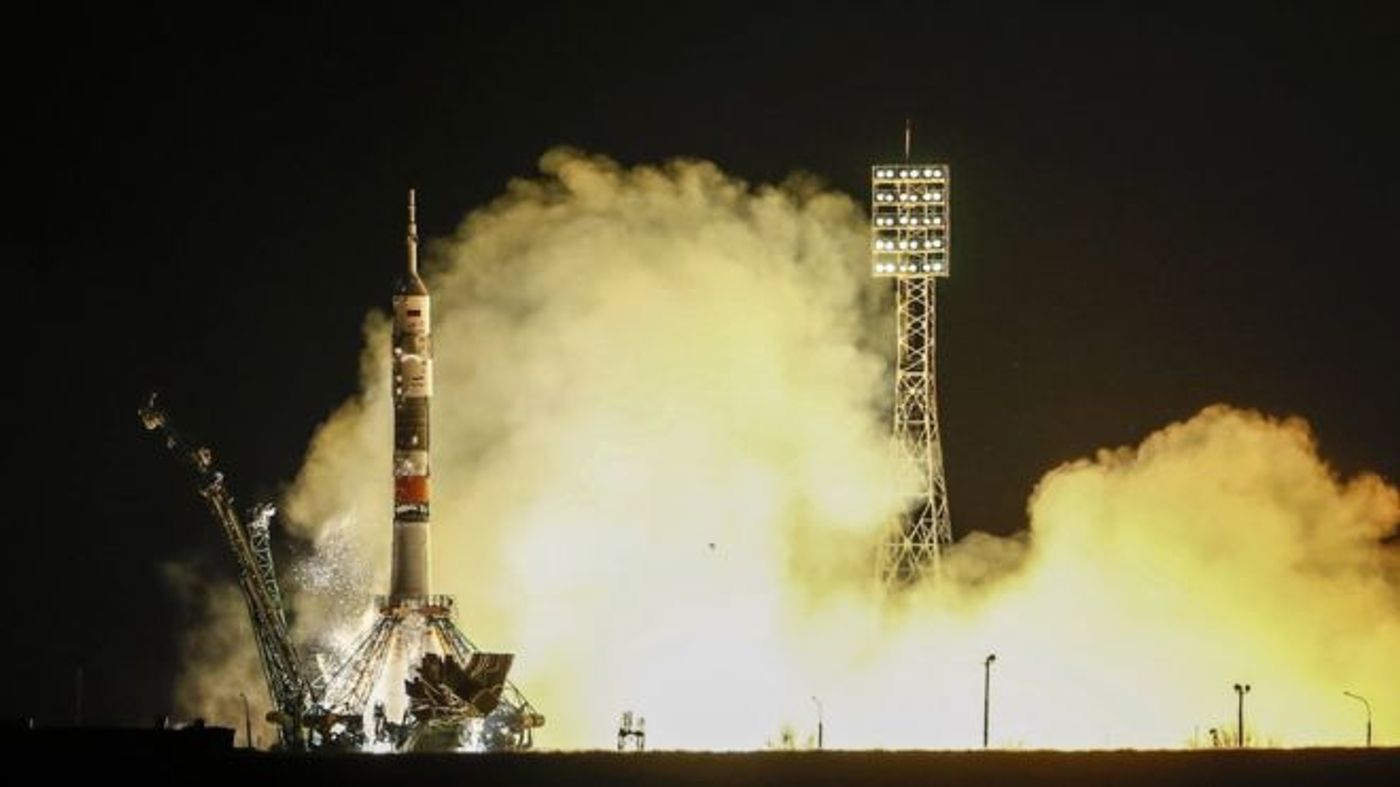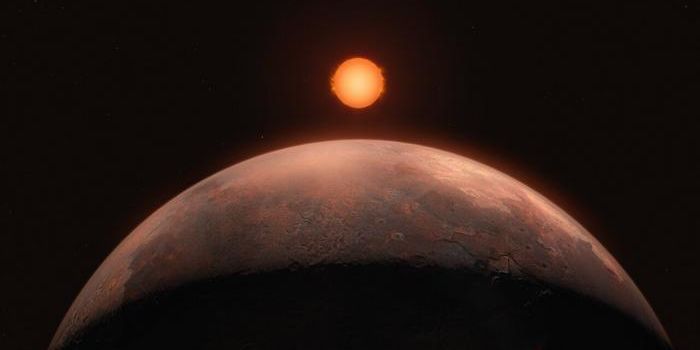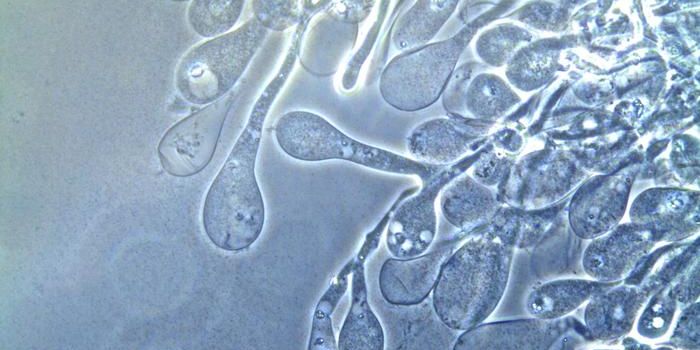Three New Crew Members Dock With the International Space Station
The green light was provided on Friday for a Soyuz spacecraft carrying two American astronauts and one Russian cosmonaut (Expedition 59-60) to ignite its engines and lift off from the launch pad at the Baikonur Cosmodrome in Kazakhstan.
Image Credit: EPA via BBC
Anxious flight controllers then waited and watched to see what would happen during the critical moments following the launch, and despite a recent Soyuz-centric mishap, everything appeared to go according to plan this time around. As confirmed by NASA, the spacecraft docked with the International Space station just a few hours after the lunch had transpired.
Occupying spacecraft seats during this particular launch were NASA astronauts Christina Koch and Nick Hague, along with Russian cosmonaut Alexey Ovchinin. The three have joined three existing crew members on the International Space station, including NASA’s Anne McClain, Roscosmos’ Oleg Kononenko, and the Canadian Space Agency’s David Saint-Jacques.
Notably, both Hague and Ovchinin were involved with the recent Soyuz spacecraft flight failure. Shortly after something went wrong during last year’s October launch, an emergency landing took place and grounded both space men until further notice. Friday’s launch gave both Hague and Ovchinin a second chance to visit the International Space Station following the incident.
Related: NASA astronaut Nick Hague describes the experience during the failed Soyuz launch
Safety checks performed on the Soyuz MS-12 space vehicle ahead of the scheduled launch last week purportedly exposed faults that prompted minor on-the-spot repairs. Shortly after those components were replaced, the rocket was good to go. Both Hague and Ovinchin expressed their approval and confidence in the space vehicle before the launch.
NASA’s long-term launch agreement with Roscosmos is set to expire at the end of 2019, and as you might come to expect, the American space agency is currently exploring other avenues through its Commercial Crew Program that will bring upcoming crewed rocket launches back to American soil. Current opportunities involve the commercial space companies Boeing and SpaceX.
Just recently, SpaceX demonstrated the end-to-end flight and safety capabilities of its Falcon 9 rocket and Crew Dragon capsule during an un-crewed test flight mission dubbed Demo-1. The demonstration was a complete success from start to finish, and given the circumstances, the commercial space company could perform its first crewed flight as early as July.
Related: SpaceX docks Crew Dragon capsule with the International Space Station
Boeing, on the other hand, is scheduled to launch its first un-crewed demonstration flight in April. It will then follow up with a crewed demonstration flight sometime in August.
NASA will likely continue using the Russian Soyuz platform up until the end of this year, but with all the cards currently in play at the time of this writing, things could change in 2020.









